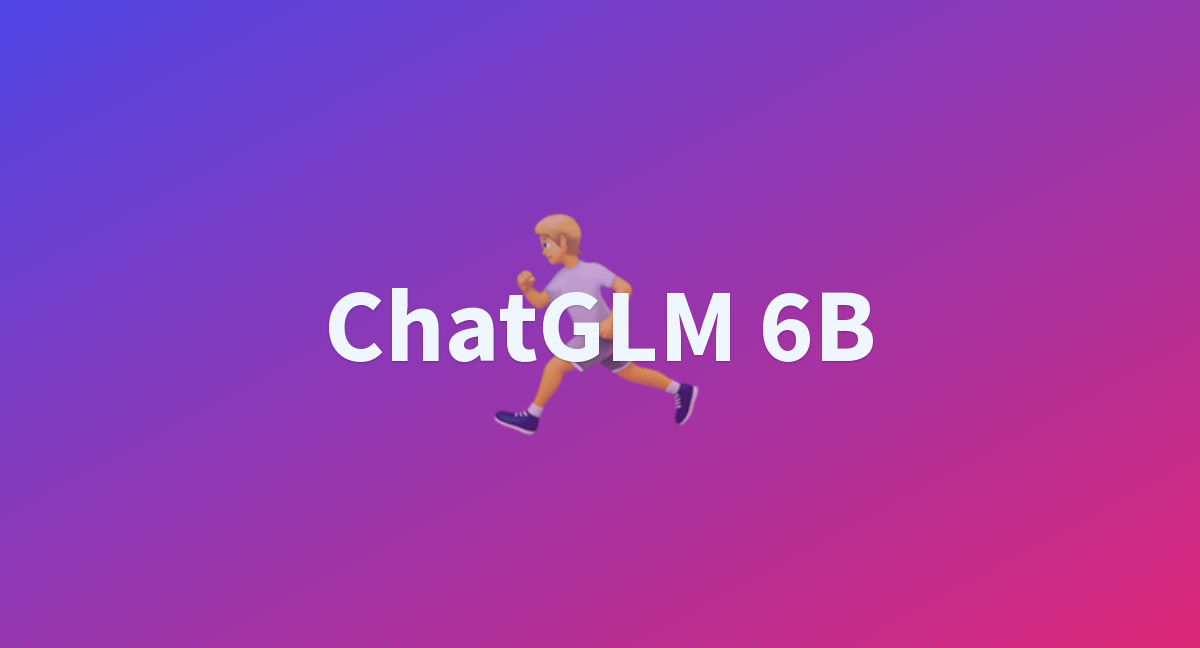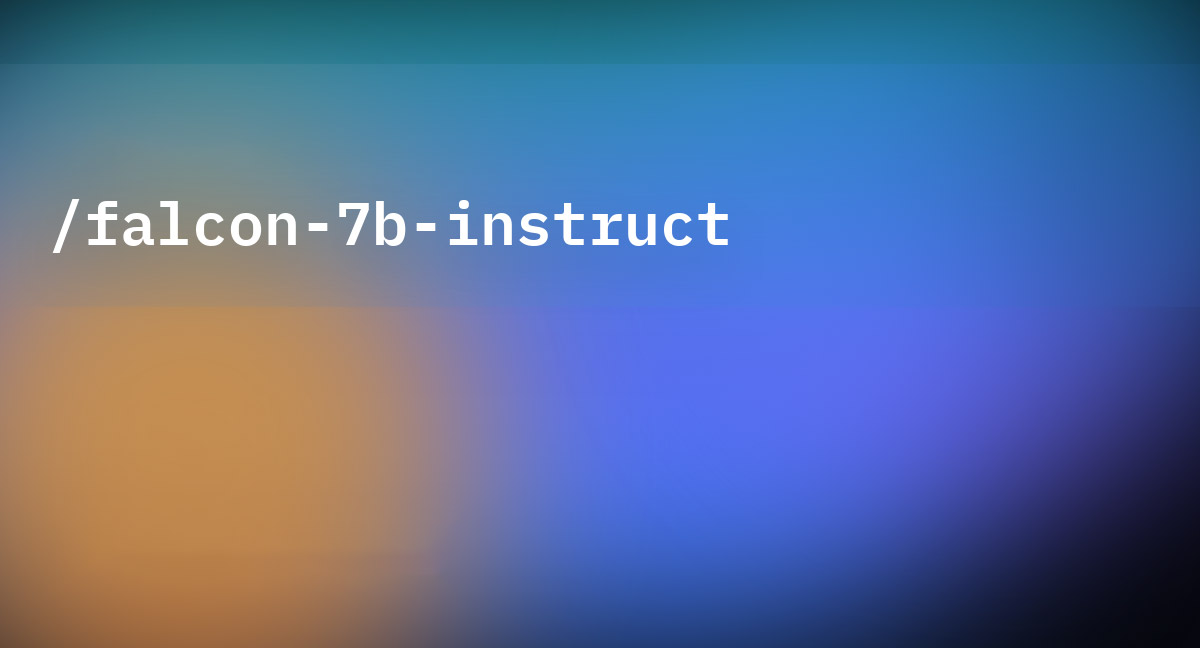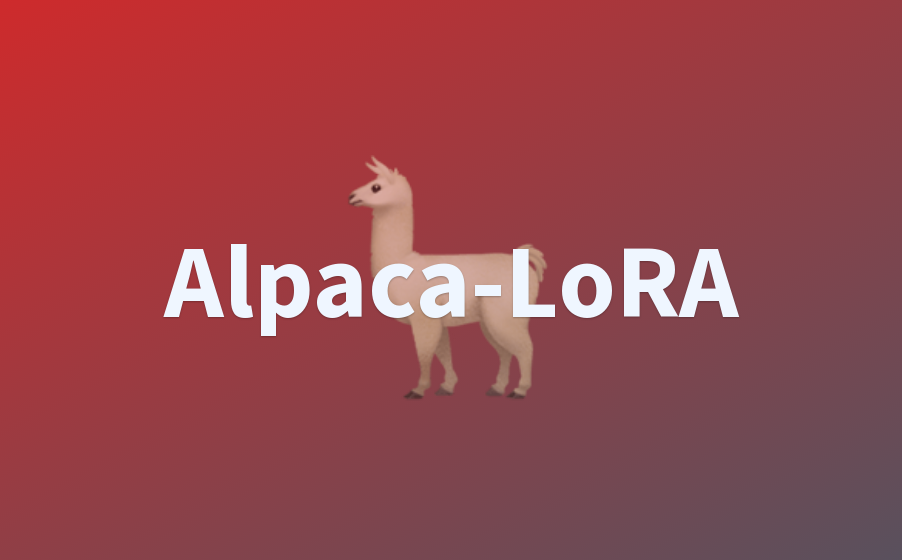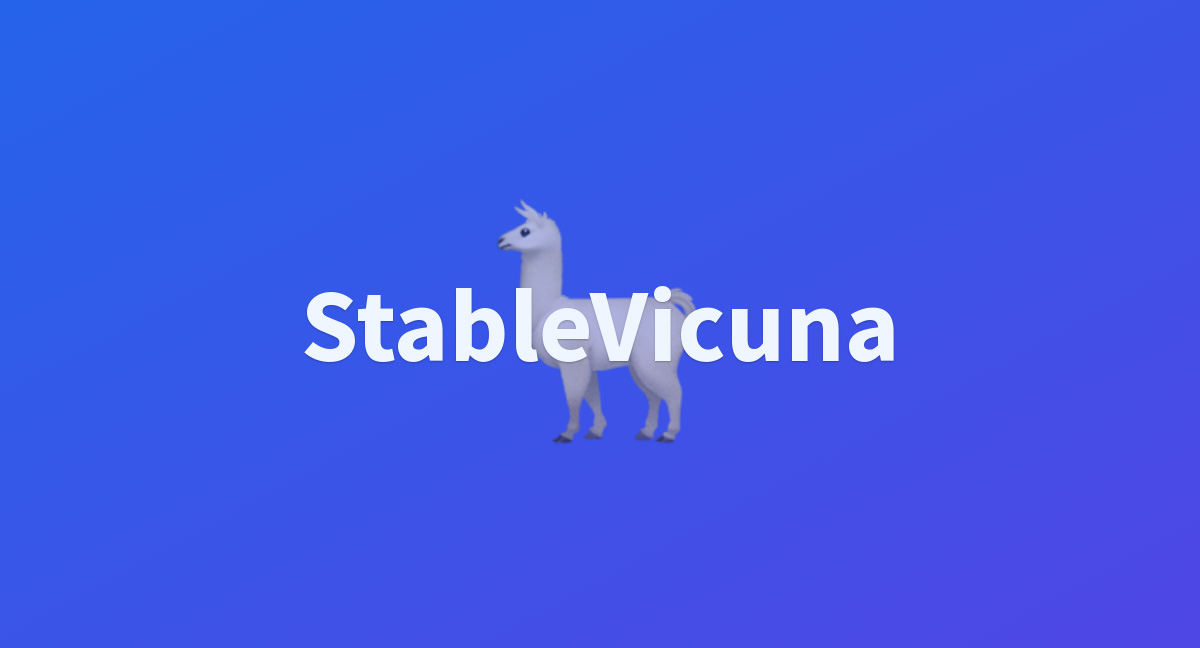An Overview of ChatGLM-6B
A team of researchers from Tsinghua University in China developed ChatGLM-6B. Professor Jianfeng Gao, the THU-Tianjin Key Laboratory of Intelligent Information Processing director, led the team. The purpose of developing ChatGLM-6B was to create a large language model that could be used for various tasks, including machine translation, question answering, and chatbot development. The model was also designed to be efficient and easy to deploy on various devices. The ChatGLM-6B model is effective for a variety of tasks. For example, the model has achieved state-of-the-art performance on the GLUE benchmark (89.4), a set of natural language understanding tasks. The model has also been effective for machine translation and chatbot development.
ChatGLM-6B was trained on a cluster of 1,000 GPUs, while GPT-3 was trained on a cluster of 5,000 GPUs.
Large Size
The large size of the model affords it the capacity to assimilate intricate patterns and interrelationships within language, yielding superior performance across a diverse range of tasks.
The model could answer 95% of queries about numbers correctly, compared to 85% for the GPT-3 family of models.
Multilingual
Being multilingual, the model comprehends and generates text in multiple languages, making it invaluable for apps requiring support for diverse linguistic needs, such as customer service chatbots and translation tools.
The ChatGLM-6B model is also more fluent than other LLM models at answering queries about numbers.
Efficient
The ChatGLM-6B model exhibits exceptional GPU memory efficiency, enabling its deployment on smaller GPUs compared to other large language models.
















